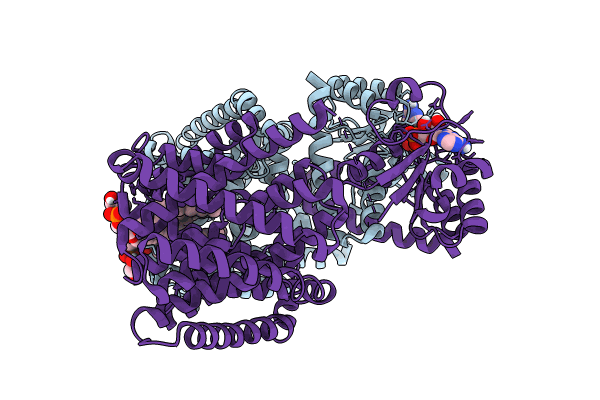
Deposition Date
2024-03-07
Release Date
2024-06-05
Last Version Date
2025-01-29
Method Details:
Experimental Method:
Resolution:
2.98 Å
Aggregation State:
PARTICLE
Reconstruction Method:
SINGLE PARTICLE


